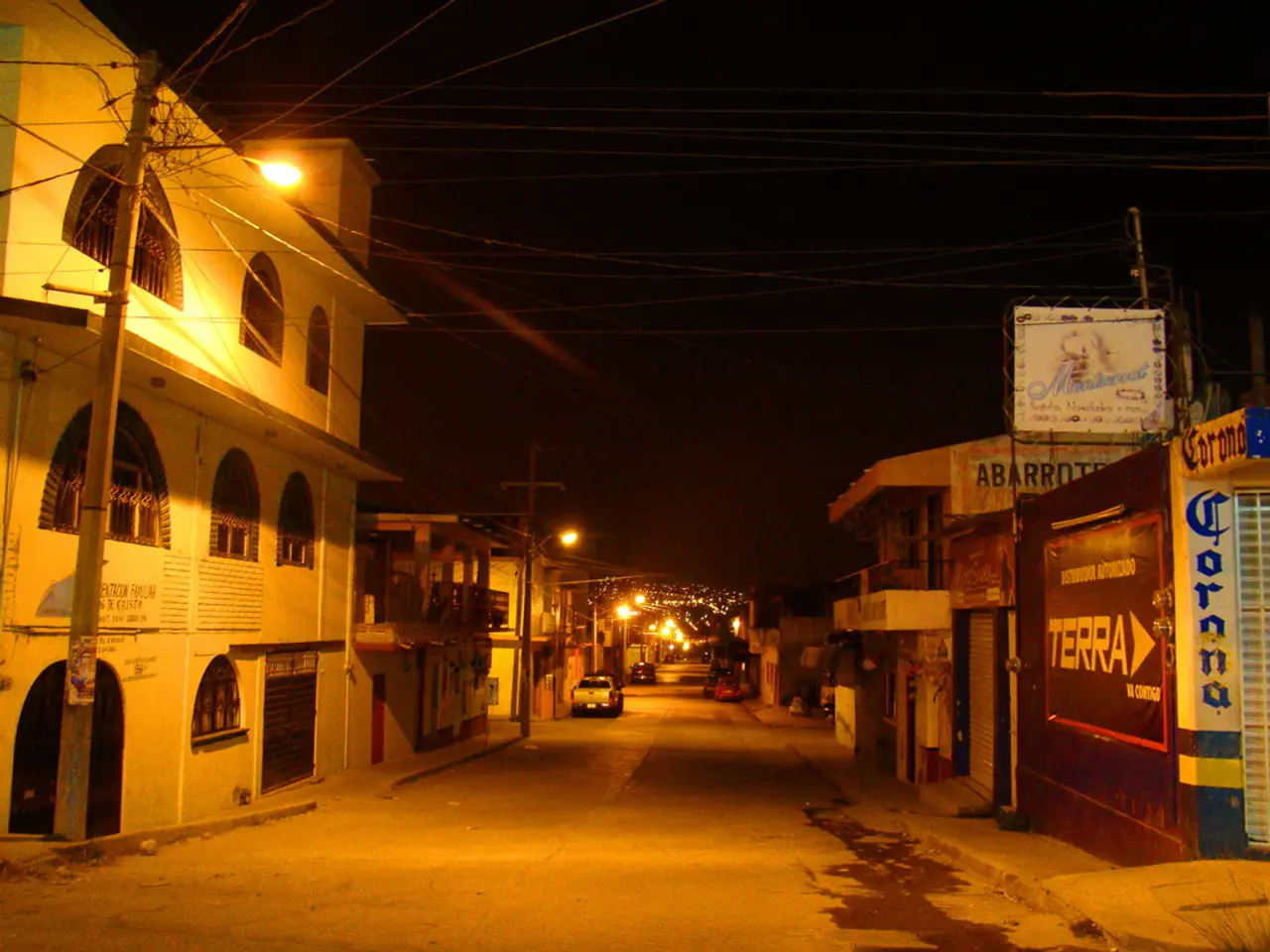The Reason Behind Utilizing Flex PCBs in Satellite Operations
In the realm of aerospace engineering, efficient thermal management is crucial in circuit design to increase reliability, especially for space missions. One such technology gaining traction is the use of flexible printed circuit boards (flex PCBs). These boards offer several advantages over traditional rigid PCBs, including reduced weight and increased reliability, making them ideal for space applications.
Key Design Guidelines
Designing flex PCBs for space requires a meticulous approach to ensure their electrical performance and mechanical integrity under harsh space conditions. Here are the key guidelines:
Material Selection
Choosing the right materials is paramount. Materials with high thermal stability, low outgassing, and vacuum compatibility are preferred. Polyimide substrates are common due to their thermal resistance and flexibility. Space-qualified adhesives that minimize contamination risks should be used instead of adhesives with high outgassing rates, such as acrylics.
Bend Radius
Maintaining a minimum bend radius is essential to prevent copper trace cracking and material fatigue. For single-layer flex PCBs, it is typically 6 times the PCB thickness; for multilayer designs, at least 12 times the thickness. For example, a 0.2 mm thick single-layer flex PCB should have at least a 1.2 mm bend radius. Design traces perpendicular to bend lines and avoid vias or use teardrop-shaped pads in high-stress bending areas to distribute mechanical stresses.
Stack-Up Optimization
Keeping the layer count low is necessary to maintain flexibility and reduce thickness, while ensuring electrical performance through controlled impedance traces. In multilayer or rigid-flex sections, use low-flow prepregs to prevent excess resin flow into flex areas during lamination.
Environmental Testing
Thorough testing, including thermal cycling, radiation exposure, and dynamic flexing, is crucial to validate endurance under space conditions. This testing ensures resistance to temperature extremes, vacuum, radiation, and repeated mechanical stress inherent in space missions.
Early Manufacturer Collaboration
Engaging PCB fabricators early during design is vital to select compatible materials and processes meeting space-grade standards. Early collaboration helps avoid costly redesigns and ensures manufacturability under strict quality controls.
Trace and Component Placement
Keep critical traces and components out of bend zones; avoid vias in these areas or use stress-relieving pad shapes. Employ simulation tools (like Finite Element Analysis) to predict mechanically stressed regions and optimize bend radius and trace layout before production.
Documentation
Clearly defining mission-specific requirements such as temperature ranges, radiation tolerance, number of flex cycles, and mechanical constraints guides design decisions.
Additional Considerations
Optimizing material choice (polyimide for high temperature) and design for bend radius and dynamic flexing are crucial, as seen in related fields like robotics applications with flex PCBs.
In summary, designing flex PCBs for space applications requires a combination of careful material selection, considerate bend radius calculations, judicious layer count management, thorough environmental testing, early manufacturer collaboration, strategic trace and component placement, and comprehensive documentation. These guidelines ensure flex PCBs maintain electrical performance and mechanical integrity throughout the extreme and dynamic conditions typical in space missions.
References
- Flex PCB Design Guide
- PCB Materials Used in Satellite
- Designing Flexible Circuits for Space Applications
- Robotics Applications with Flex PCBs
Controlled impedance is crucial in the science of space-and-astronomy, especially when designing flexible printed circuit boards (flex PCBs) for space applications, since the electrical performance and mechanical integrity must be meticulously ensured under the harsh space conditions.
Technology plays a significant role in achieving this goal by involving simulation tools like Finite Element Analysis to predict mechanically stressed regions, optimize bend radius, and trace layout before production, helping maintain flex PCBs' electrical performance and mechanical integrity throughout the extreme and dynamic conditions typical in space missions.




